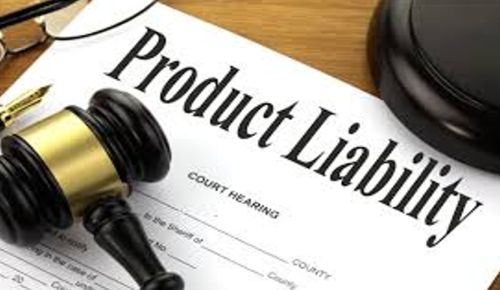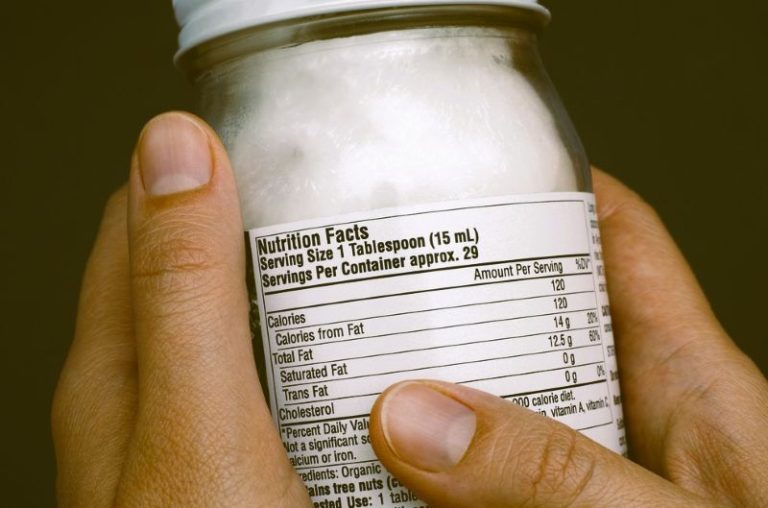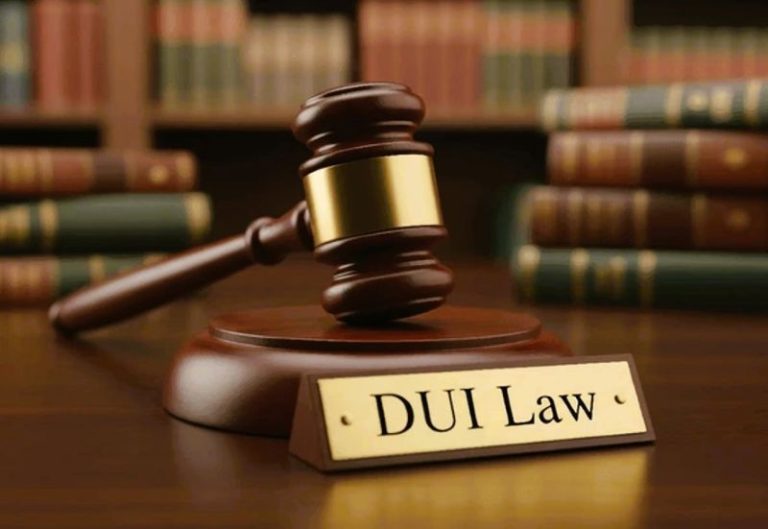

When consumers purchase a product, they trust that it is safe to use and free from dangerous flaws. Unfortunately, defective products make their way into the market and cause severe harm to unsuspecting users.
From malfunctioning appliances to poorly designed vehicles, such products can lead to injuries. In these cases, holding the responsible parties accountable becomes essential, not only for compensation but also to prevent similar incidents from happening to others.
Building a strong case against a defective product requires more than just proving injury; it requires careful investigation, proper documentation, and legal knowledge. This is where the guidance of a skilled product liability lawyer becomes important.
Steps to Build a Strong Product Liability Case
1. Identify the Type of Defect
The first step in a product liability case is determining what kind of defect caused the harm. Common types include:
- Design Defects – Flaws in the product’s design that make it unsafe. Example: a crib with widely spaced bars where a child’s head can get trapped.
- Manufacturing Defects – Errors that occur during the process of production that make the product dangerous. A bicycle with a cracked frame due to faulty welding poses a danger to the rider.
- Marketing Defects – Improper warnings, instructions, or labels that fail to alert consumers to potential risks. Example: a toy without a choking hazard warning.
Breach of Warranty – When a product fails to meet the promises or guarantees made by the manufacturer. Example: a refrigerator with a 2-year warranty that stops cooling properly within that period.
2. Gather Evidence
Collecting the right evidence is very important for a strong product liability case. Make sure to:
- Save the defective product.
- Keep the packaging, manuals, and any advertisements.
- Record the incident with photos and notes on what happened.
- Gather medical records to show your injuries and the treatment you received.
3. Identify the Liable Parties
When it comes to defective products, responsibility does not always stop with the manufacturer. While the maker of the product is often the primary party at fault, others in the supply chain may also share liability. For example, a distributor who delivers faulty goods or a retailer who sells the defective product without proper checks can also be held accountable.
In some cases, even suppliers of certain parts may bear responsibility if their negligence led to the defect. Carefully identifying every party involved is important because it ensures you are not limiting your claim to just one source of compensation. By understanding the entire supply chain, you create a stronger case that covers all potential liability possibilities.
4. Establishing Causation
After identifying who may be at fault, the next step is proving that the defect in the product directly caused the injury. This is known as establishing causation. For instance, if a cracked bicycle frame suddenly breaks during use and causes a fall, evidence must clearly show that the defect caused the accident.
This often requires detailed accident reconstructions or medical reports linking the injury to the defective product. Establishing this clear connection strengthens your case and prevents the defense from shifting blame elsewhere.
5. Consult an Attorney
Navigating a product liability case can be challenging, especially because multiple parties, technical details, and legal requirements are involved. This is why consulting an experienced attorney is one of the most important steps you can take. A skilled attorney can review the evidence, identify the strongest arguments for your case, and bring in expert witnesses when needed.
They also understand the tactics that manufacturers, distributors, and retailers may use to deny responsibility. With their guidance, you not only gain clarity on the legal process but also increase your chances of receiving fair compensation for your injuries and losses. Having a professional by your side can make the difference between a weak claim and a successful outcome.
Conclusion
- Defective products can change lives in an instant, but victims have the right to demand accountability.
- By identifying the defect, preserving evidence, determining liability, and working with a knowledgeable attorney, you can build a strong product liability case.
With the right steps and guidance, you can get the compensation you deserve.


